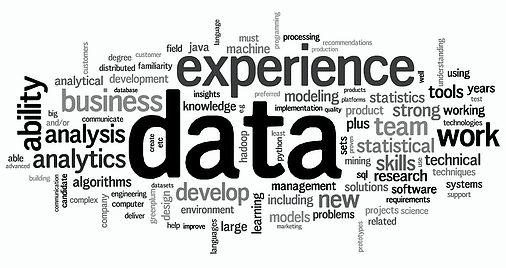
I am sure you have read the articles claiming all companies are now data or technology companies. With the proliferation of cloud technologies and the reduced cost of storage, information is plentiful, readily accessible, and often overwhelming. Companies have more information than they can handle. Filtering through it all and getting to the data that really matters is more difficult today than it has ever been. As a result, many C-level executives sponsor data related projects to create focused dashboards and data warehouses with the information they need to guide strategic business decisions.
Whether building a data warehouse for the first time or replacing an aging platform, starting with a data strategy will greatly assist in the process. Most organizations realize a data strategy is critical but few take the time to consider the components of a strategy before initiating large scale, complex data warehousing projects.
Throughout the years, we have amassed best practices we find immensely helpful when creating data strategies. The following are five best practices that drive success:
- Involve executives early and often. Throughout a data strategy project, involve the executives early. Ensure a project sponsor who actively needs the data (and ideally funds the project) is involved in steering project direction. This will avoid creating a platform with data that does not really drive business value from day one.
- Business Questions NOT data sources. Create a list of business questions you want answered by the platform, NOT a list of data sources you want integrated into the platform.
- Less is more. Do not cram every piece of data you can find into the new platform. Identify the business questions you want answered (see above) and select data sources based on business value. The notion of Big Data forced many organizations to lose sight of the questions they wanted answered and simply take a “get everything” approach.
- Useful and usable reports. Our research shows that only 20% of reports in legacy platforms are used. Recreating the other 80% in the new platform wastes precious resources. Create a list of existing and desired reports. Weed out redundant and obsolete reports, prioritize the remainder, then implement the 20% first.
- Clean the data. Towards the end of the data strategy effort, kick off a pre-build activity to cleanse data sources. Reports are only useful if the source data is accurate and meaningful. Bad data = bad reports.
Do you have any additional thoughts on data strategies? We would love to hear from you.
Reach out if you would like to discuss the complete list of data strategy best practices for your organization.